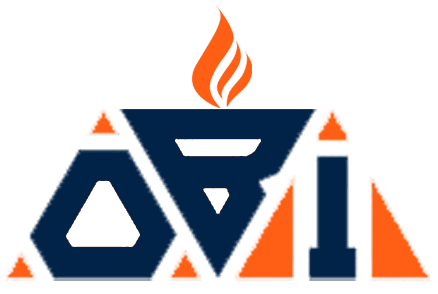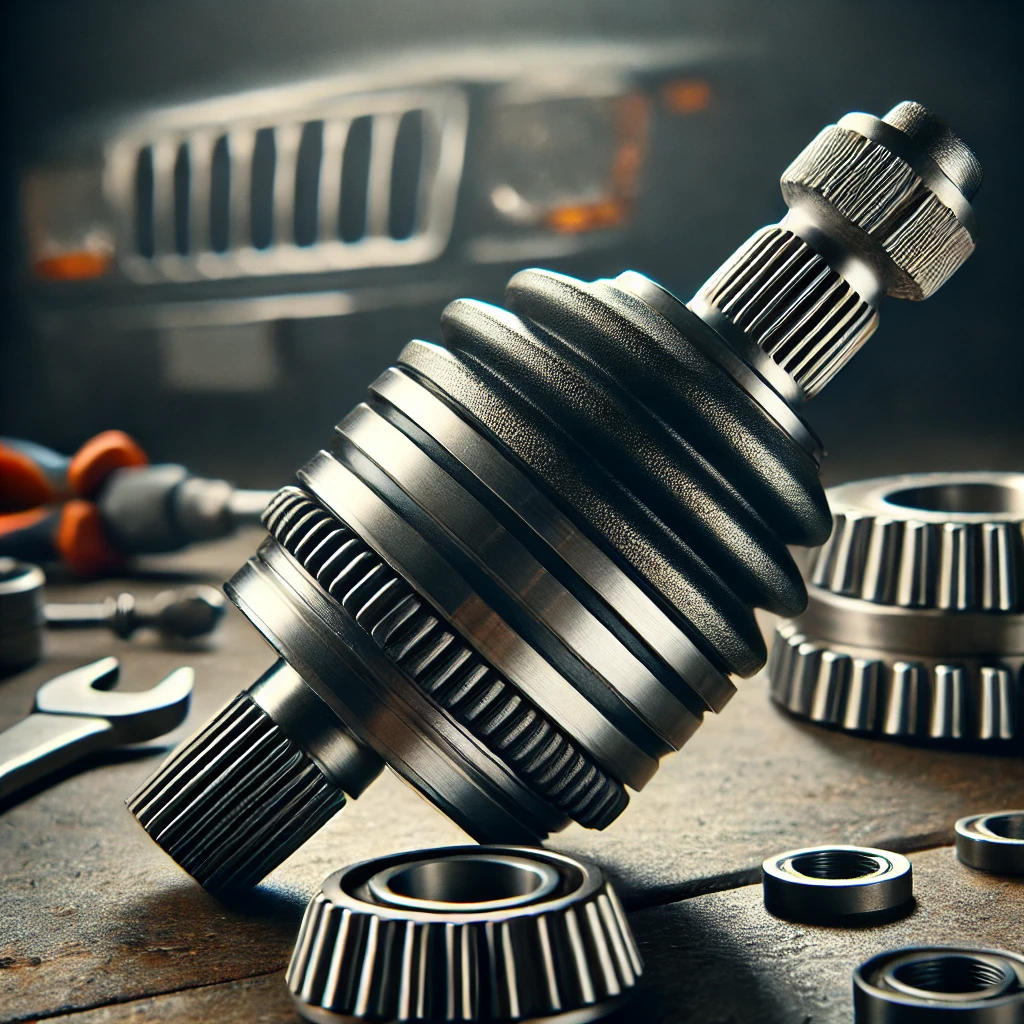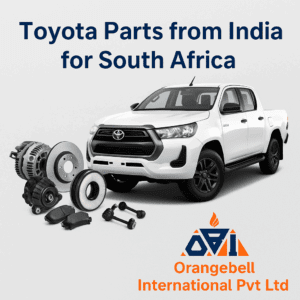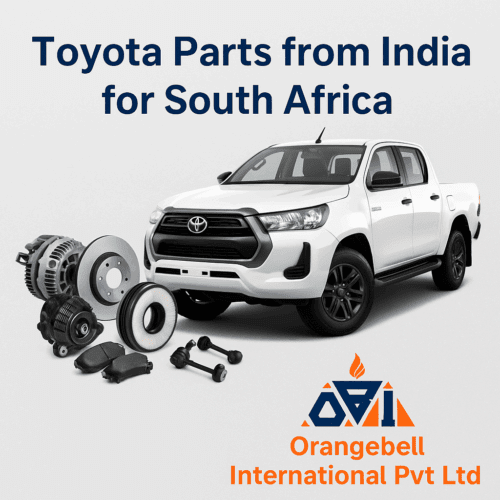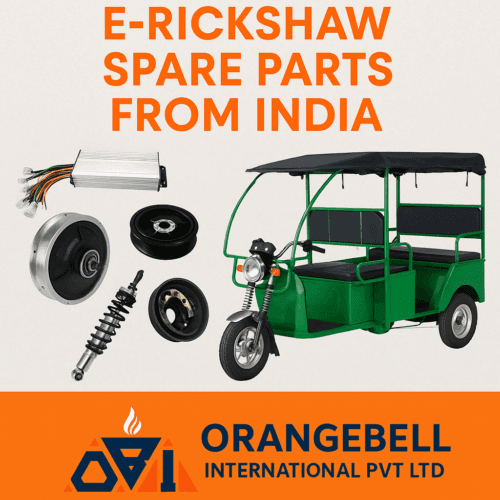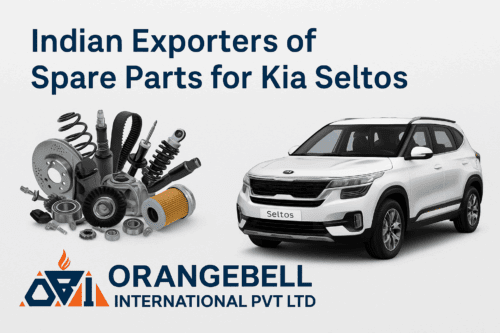CV Joints and Axles: Essential Drivetrain Components for Two-Wheelers and Cars
When it comes to vehicle performance, CV joints and axles play a crucial role in ensuring smooth and efficient movement. These drivetrain components help transfer power from the engine to the wheels, allowing seamless acceleration and turning. Whether you own a two-wheeler or a car, having a reliable CV joint and axle system is essential for a safe and comfortable ride. In this blog, we’ll discuss their function, signs of wear, and the best options available in the market.
What Are CV Joints and Axles?
The CV joints and axles are integral parts of a vehicle’s drivetrain. The Constant Velocity (CV) joints connect the transmission to the wheels, allowing flexible movement without losing power. Axles, on the other hand, support the weight of the vehicle and rotate the wheels efficiently. These parts are designed to withstand different road conditions, ensuring stable and controlled handling.
How Do They Work?
In simple terms, CV joints and axles work together to transmit power while accommodating steering and suspension movements. CV joints come with protective rubber boots filled with grease, which helps in smooth operation and prevents damage. Over time, however, these components may wear out due to dirt, moisture, or lack of lubrication.
Signs Your CV Joints and Axles Need Replacement
Like any other auto part, CV joints and axles have a lifespan. Here are some common warning signs that indicate they need replacement:
- Clicking or popping sounds when turning
- Vibrations while driving, especially at higher speeds
- Grease leakage around the CV boot
- Uneven tire wear due to misalignment
If you notice any of these issues, replacing the affected parts immediately is crucial to prevent further damage to the drivetrain.
OEM vs. Aftermarket CV Joints and Axles – Which Is Better?
When replacing CV joints and axles, you can choose between OEM (Original Equipment Manufacturer) and aftermarket parts.
- OEM Parts: These come directly from the vehicle’s manufacturer and ensure a perfect fit and long-lasting performance.
- Aftermarket Parts: These are produced by third-party manufacturers and often provide cost-effective alternatives without compromising quality.
Both options have their advantages, and your choice depends on budget, brand preference, and specific vehicle requirements.
Why Choose Indian Manufacturers for Export?
India has become a global hub for auto parts manufacturing, offering high-quality CV joints and axles at competitive prices. With strict quality control, advanced production technology, and wide export networks, Indian suppliers provide durable and reliable components for various vehicle models.
Final Thoughts
Maintaining well-functioning CV joints and axles is key to vehicle safety and performance. Regular inspections and timely replacements can prevent costly repairs and ensure a smoother driving experience. Whether you opt for OEM or aftermarket parts, choosing a trusted supplier is essential for CV Joints and Axles: Essential Drivetrain Components for Two-Wheelers and Cars for best quality and durability. If you’re looking for top-grade drivetrain components, India is the go-to destination for high-quality exports.
For any quarry feel free to Contact us : www.orangebellinternational.com
